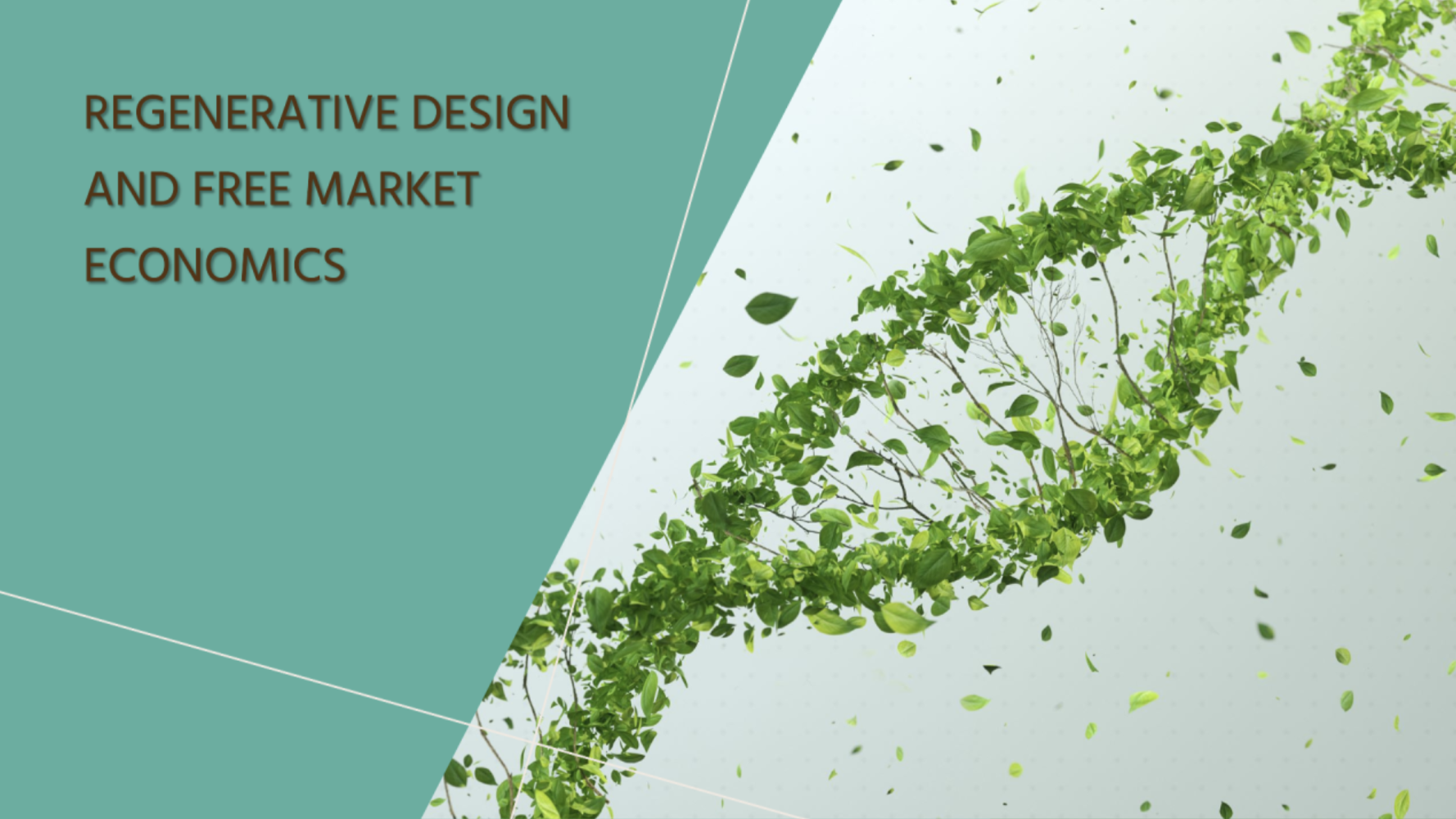Invisible, unpaid, and often unsupported—family caregivers are holding up the healthcare system. It’s time we built tools that hold them up, too.
The Silent Crisis Behind the Frontlines of Care
“I was doing 24-hour care. Still am.” That’s how one caregiver described supporting her father through a long, difficult battle with cancer, while also managing her mother’s emerging memory issues and navigating veteran benefits, Social Security, and Medicare—all with little help.
She’s part of a largely invisible population: the 53 million Americans who are informal caregivers for a loved one, many of whom are also working full-time. And this number is growing. For these individuals, caregiving is not a side responsibility—it’s a second full-time job, often exceeding 20 hours a week. But unlike healthcare professionals, these caregivers receive no training, no system support, and little acknowledgment. What they get instead is emotional exhaustion, logistical chaos, and a health system not designed for their reality.
And yet, they keep going.
More Than Love: The Real Load Caregivers Carry
Long-term caregivers wear a dizzying number of hats: they’re nurses, therapists, advocates, navigators, and companions. They manage medications, schedule and attend medical appointments, clean wounds, monitor vitals, and make decisions with lasting consequences. Often, they do this with no formal guidance.
In one interview, a caregiver spoke about the challenges of caring for her autistic son while serving as his official home health aide. She described the impossible line between being a mother and a trained caregiver—clocking in and out around medication protocols, handling de-escalation, and trying to stay professional with her own child.
Another caregiver shared her efforts to support two aging parents while managing a full-time job. The stress of juggling paperwork, decoding discharge summaries, and questioning whether to rush a loved one to the ER became part of her daily routine. As she put it, “You’re kind of thrown into a world of sink or swim.”
For most caregivers, it’s the latter.
How They Make It Work (Barely)
Caregivers have become their own healthcare systems—making up for what the formal system fails to deliver. Most rely on Google to find out whether a symptom warrants urgent care or if a behavior change is a red flag. They trawl Facebook groups and forums looking for reassurance or advice from others in similar situations. Sometimes, they strike gold. Often, they find contradictions and confusion.
When asked about how she searches for support, one caregiver explained, “It’s a lot of Google. And phone calls. Sometimes I just start calling agencies.” For others, the search for trustworthy answers becomes a job unto itself—searching for a respite caregiver who understands cancer, finding someone available for just a few hours, decoding insurance forms, or coordinating prescription refills.
And always, they’re alone. Emotional fatigue sets in when every decision feels like the wrong one, when answers are hard to find, and when your entire world revolves around someone else’s deteriorating health.
Where Tech Can—and Must—Step In
This is where we can do better.
The right technology won’t replace caregiving. But it can make it more humane, more manageable, and less isolating. It can bring light to the blind corners caregivers are forced to navigate. Based on our research here are five areas where it’s most urgently needed:
- Symptom triage tools: Caregivers often face moments of uncertainty—should I call 911 or wait and see? A caregiver supporting a parent with cancer told us how helpful it would be to have AI-powered triage that could help her make that call at 2 a.m.
- Plain-language explainers: Medical notes are filled with jargon. One caregiver described routinely Googling diagnosis codes just to figure out what the doctor had written. Tools that translate this language into understandable, actionable summaries could be life-changing.
- Medication interaction checkers: Caregivers like Donna discovered dangerous drug interactions only by luck—when a pharmacist flagged an issue a doctor missed. Systems should proactively alert caregivers to these risks and recommend follow-ups.
- Respite care and resource finders: Caregivers need breaks. But many struggle to find local professionals who are available, qualified, and experienced in conditions like dementia or autism. Platforms that match caregivers with vetted, compatible help could relieve the crushing pressure.
- Peer-to-peer emotional support: Caregivers aren’t always looking for therapy—they’re looking for people who understand. One mother of an autistic child spoke of the power of connecting with other parents in her situation. Structured, anonymous forums could help caregivers vent, share tips, and feel less alone.
What Caregiver-Centered Tech Must Prioritize
We can’t just digitize pamphlets and call it a day. If we’re serious about helping caregivers, our design principles must shift:
- Build trust through clarity. Don’t overwhelm users with data. Offer contextual, relevant, and understandable guidance.
- Design for decision fatigue. Reduce cognitive load. Help caregivers make informed choices, not just give them more information.
- Blend tactical and emotional support. A caregiver might need a medication reminder one day and someone to talk to the next.
- Honor invisible labor. Every click saved, every question answered quickly, every ounce of support offered acknowledges the enormous unpaid work caregivers perform.
Conclusion: Caregivers Deserve More Than Gratitude
Family caregivers are the operating system behind our healthcare system’s chronic care infrastructure. They are unpaid, unsupported, and often unseen. And yet they carry on, often at the cost of their own health and happiness.
We must stop treating them as an afterthought in the design of healthcare services and technologies. They are not an edge case. They are the system.
One caregiver we spoke with said it best: “Sometimes, just knowing someone gets it—someone who’s been there—that’s everything.”
So let’s build for that. Let’s create tools that understand the burden, anticipate the needs, and offer care for the caregivers.
